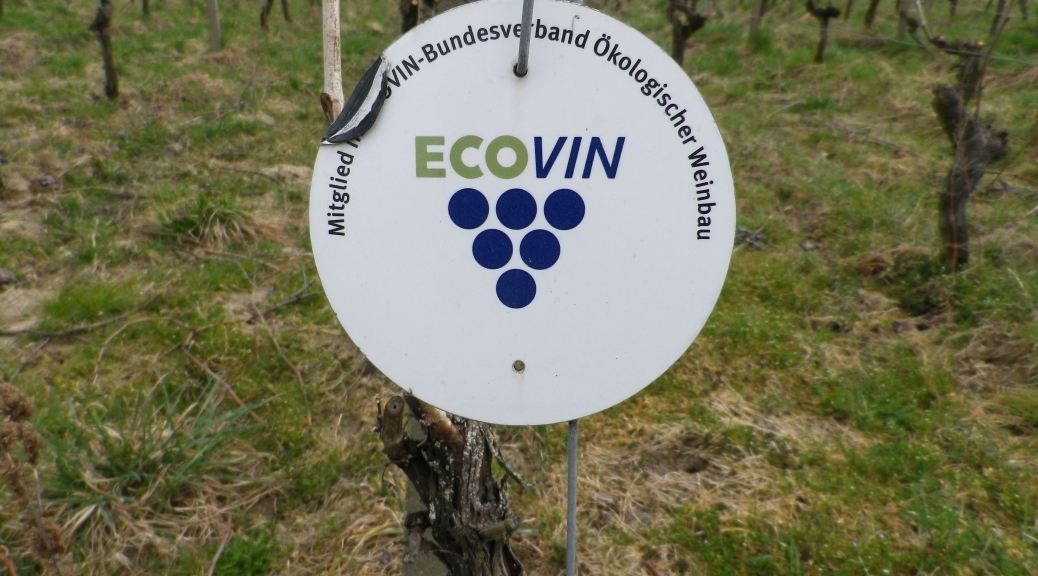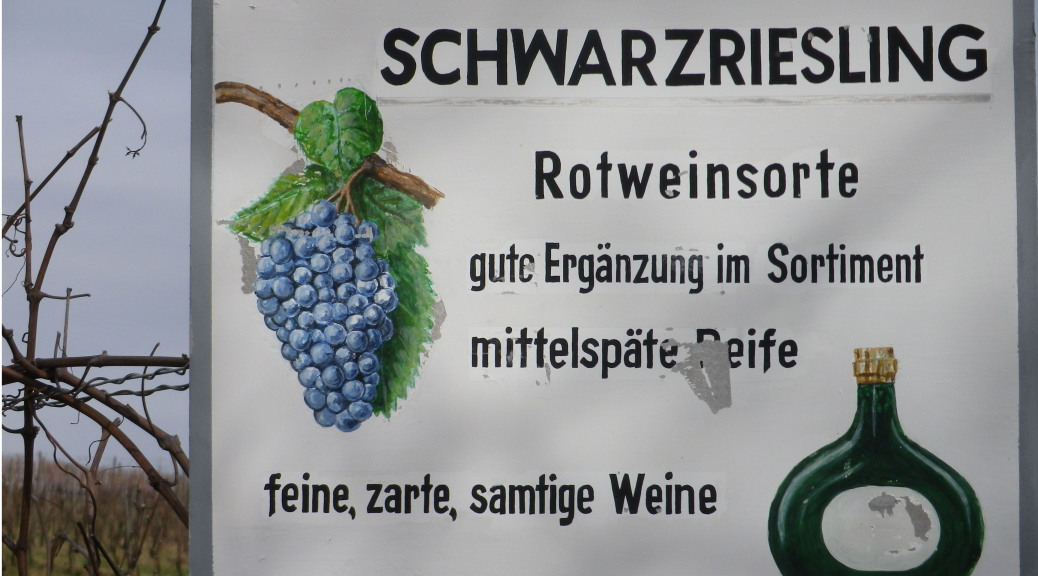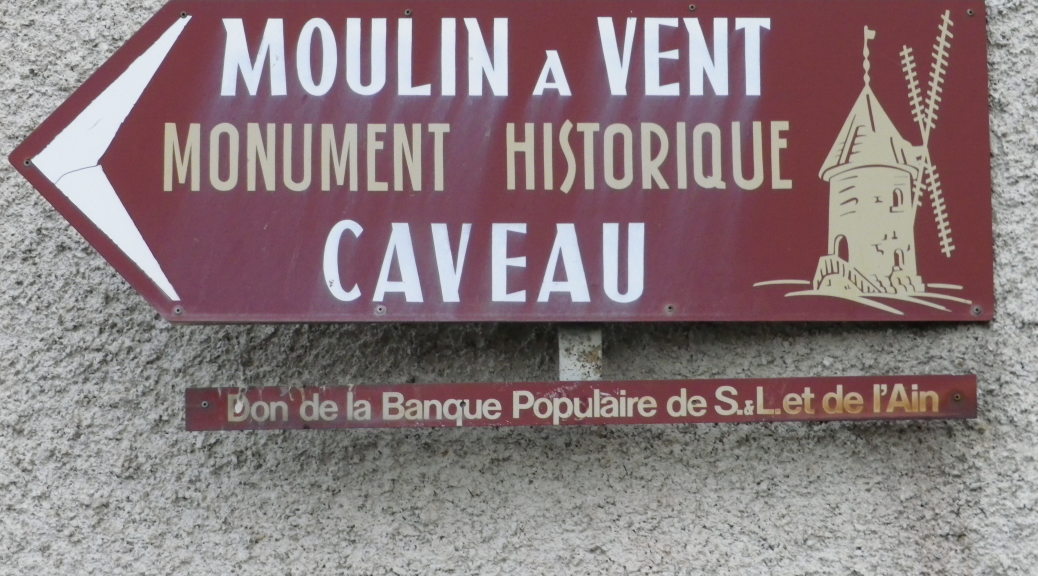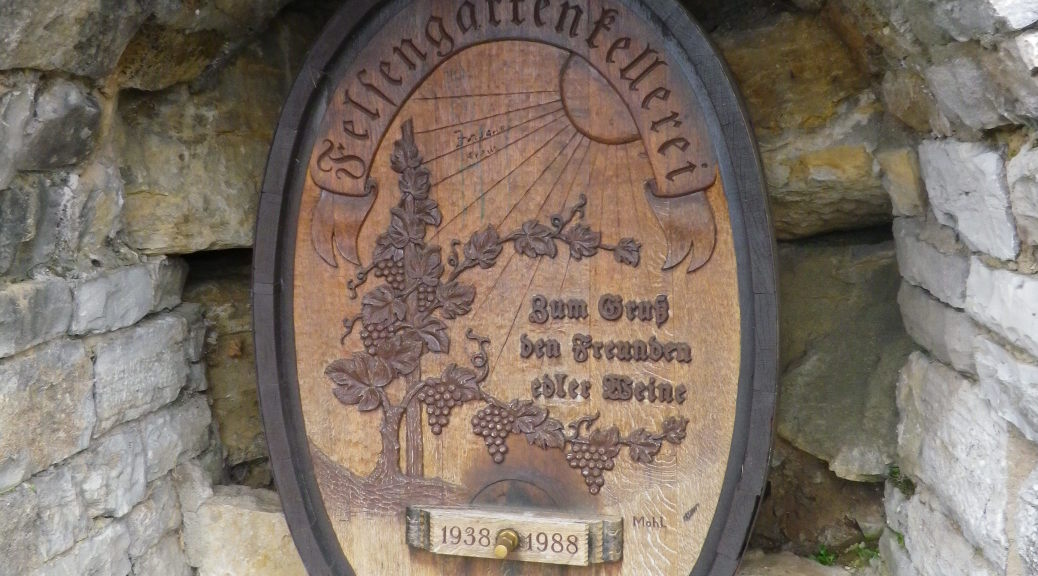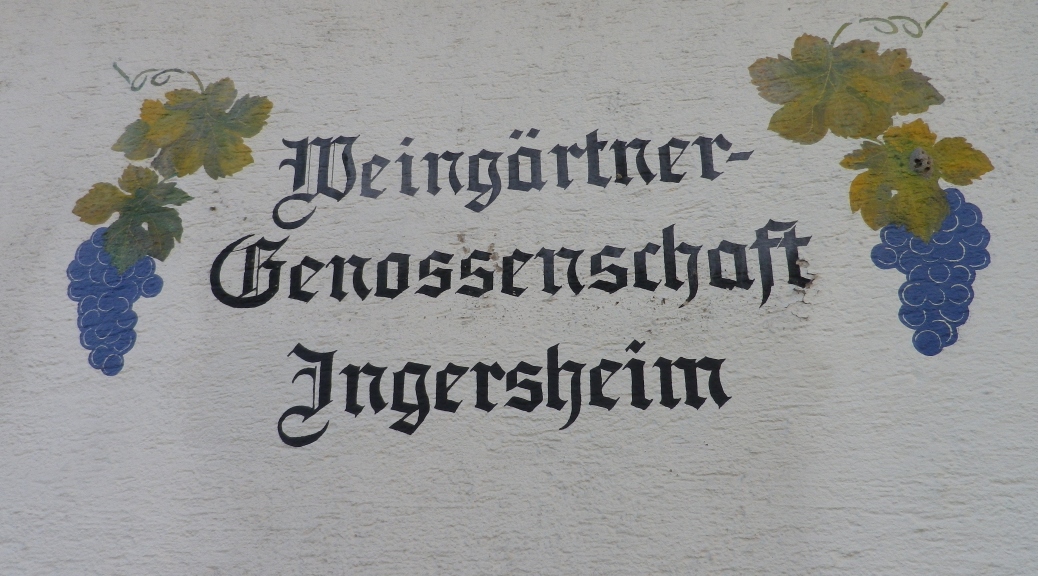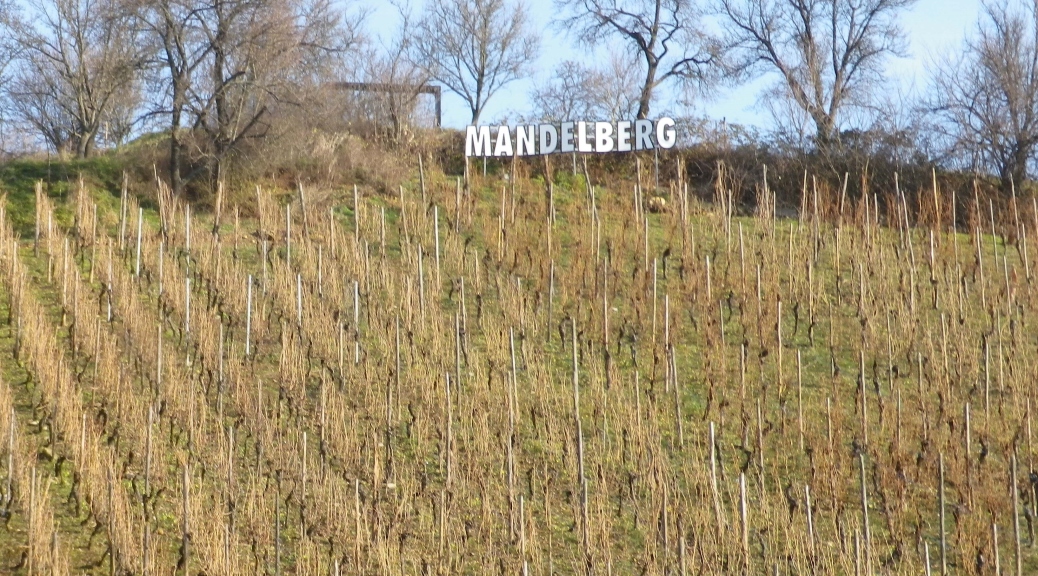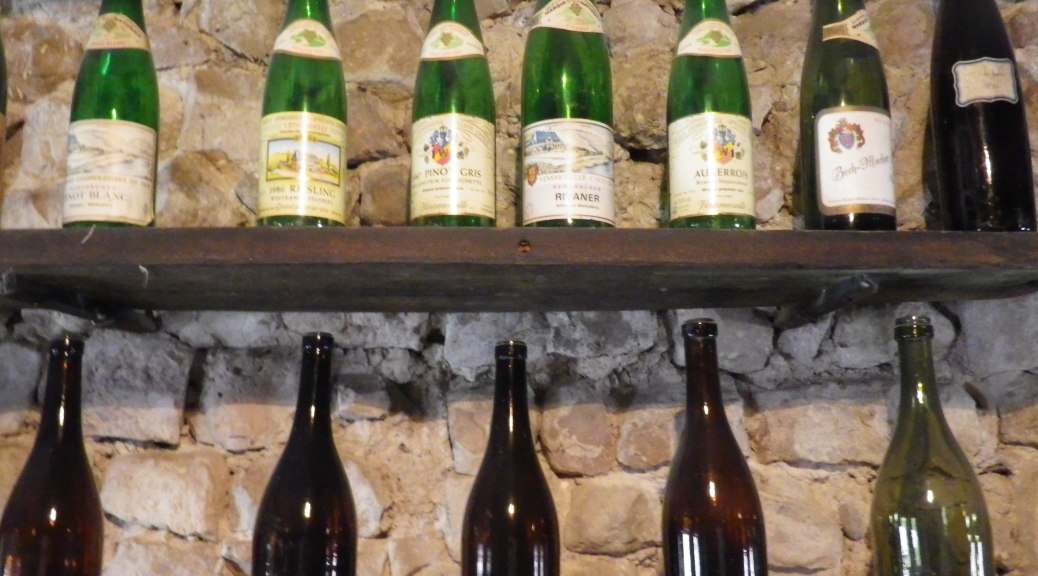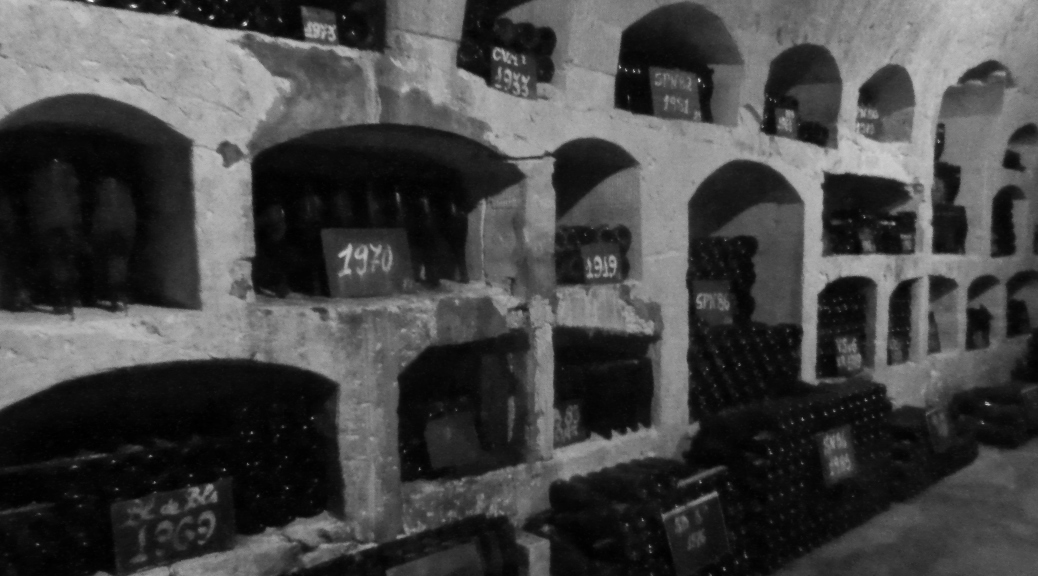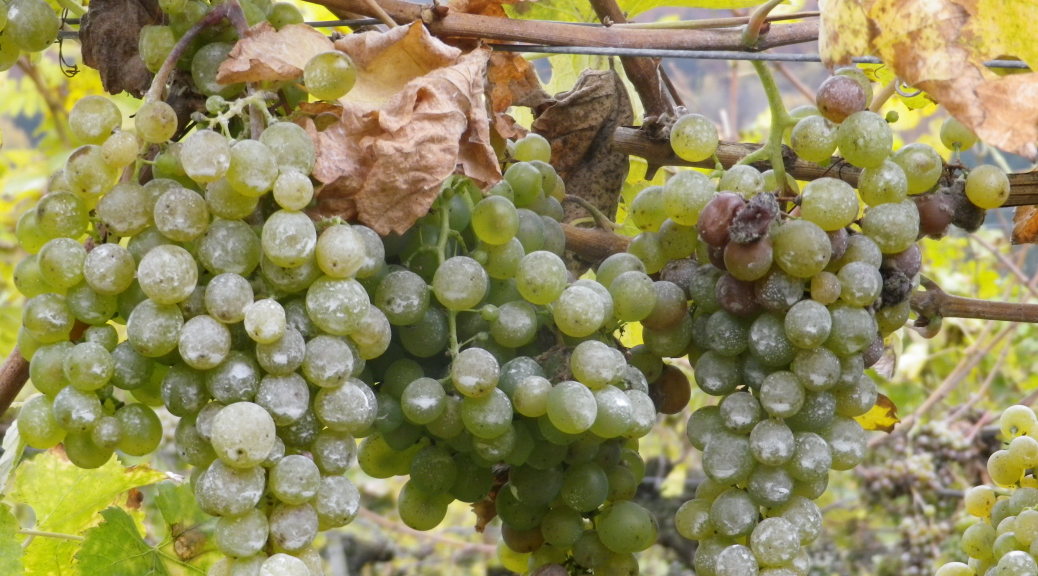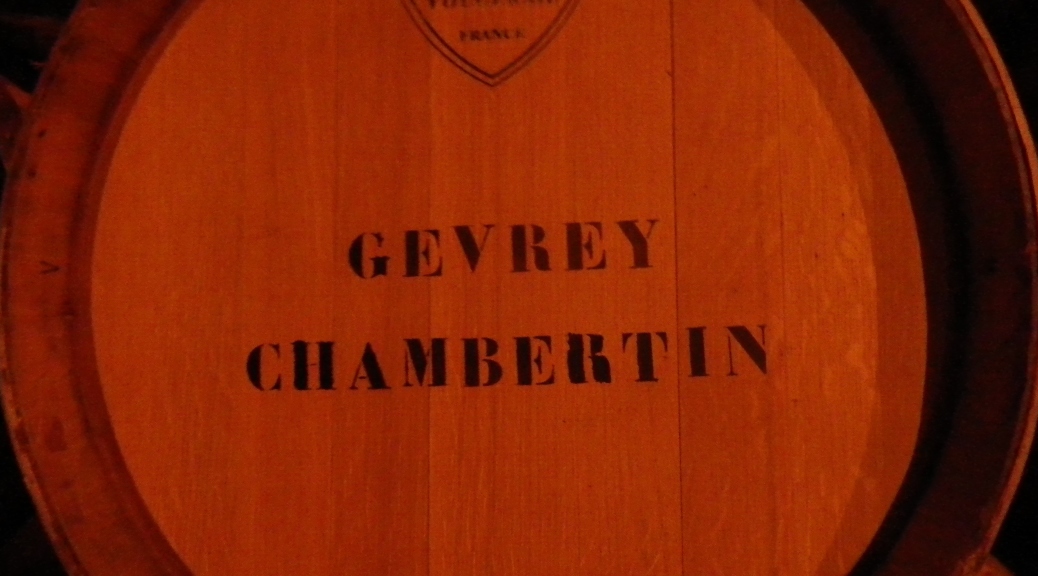What I Learned:
The Breisgau area of the Baden Region of Germany has some unique topography, both natural and manmade. From the plain, you see ridgeline after ridgeline, each rising higher as it moves away from the Rhine, and toward the upper reaches of the Black Forest to the east.
The vine-covered hills, usually on the first or second ridgelines after the plain, tend to be small, but steep. Man has worked around this by terracing many of them over time. This terracing provides plenty of opportunity to notice the primarily loess and sandy soils that predominate in this area.
